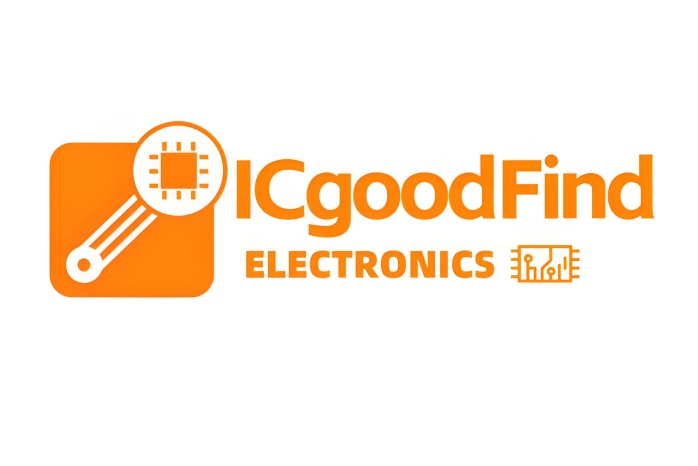**High-Speed Data Acquisition System Design with the AD9609BCPZ-20 20-MSPS ADC**
The design of a high-speed data acquisition (DAQ) system is a critical task in numerous applications, including radar, communications infrastructure, medical imaging, and automated test equipment. At the heart of such systems lies the analog-to-digital converter (ADC), whose performance dictates the overall fidelity and capability of the signal chain. This article explores the key design considerations and implementation strategies for a DAQ system centered on the **AD9609BCPZ-20**, a high-performance 10-bit, 20-MSPS ADC from Analog Devices.
The **AD9609BCPZ-20** is a standout component for mid-range speed and precision applications. Its core specifications—**10-bit resolution**, a **20 MSPS sampling rate**, and excellent dynamic performance (e.g., SFDR and SNR)—make it suitable for digitizing analog signals with wide bandwidths. A primary advantage of this ADC is its **low power consumption** and integrated features, which simplify system design. It includes a programmable gain amplifier, a high-performance sample-and-hold circuit, and an on-chip voltage reference, reducing the external component count and board space requirements.
A robust DAQ design extends far beyond the ADC itself. The signal path begins with the analog front-end (AFE), which is paramount for achieving the ADC's specified performance. The design of the **anti-aliasing filter (AAF)** is crucial; it must effectively attenuate frequencies above the Nyquist limit (10 MHz in this case) to prevent aliasing artifacts. This typically involves a passive or active low-pass filter with a sharp roll-off. Furthermore, driving the ADC's input requires a high-speed, low-distortion **operational amplifier** that can preserve the signal integrity and settle quickly to the required accuracy.
Equally critical is the management of the clock signal. The ADC's performance is directly tied to the quality of its sampling clock. A **low-jitter clock source** is non-negotiable for maintaining high signal-to-noise ratio (SNR). Any jitter on the clock signal introduces phase noise, which degrades the ADC's dynamic performance, especially for higher input frequencies. Therefore, using a dedicated low-noise clock generator or a jitter-cleaning PLL is highly recommended.
The digital interface also demands careful attention. The AD9609 features a parallel CMOS output, which can be susceptible to noise if not routed properly. To ensure **digital signal integrity**, designers must adhere to best practices in board layout: keeping digital output traces short, using ground planes to separate analog and digital sections, and employing proper decoupling techniques. Each power supply pin should be decoupled with a combination of bulk and ceramic capacitors placed as close to the device as possible to suppress noise and provide stable, clean power.
Finally, the system's grounding and PCB layout are often the difference between a mediocre and an exceptional design. A **multilayer PCB with dedicated ground and power planes** is essential. The analog and digital grounds should be connected at a single point, typically beneath the ADC, to prevent noisy digital return currents from corrupting the sensitive analog signals. Careful component placement and routing to minimize parasitic inductance and capacitance complete a design that can fully leverage the capabilities of the AD9609BCPZ-20.

**ICGOO**
In the design of high-speed data acquisition systems, the selection of the ADC is just the starting point. Success is determined by a holistic approach that meticulously addresses the analog front-end, clock integrity, power supply design, and meticulous PCB layout. The **AD9609BCPZ-20 20-MSPS ADC** provides an excellent foundation, but its high performance can only be realized through thoughtful and rigorous system design that respects the fundamentals of signal integrity and noise management.
**Keywords:**
1. **Data Acquisition System**
2. **AD9609BCPZ-20**
3. **Signal Integrity**
4. **Anti-aliasing Filter**
5. **Clock Jitter**
